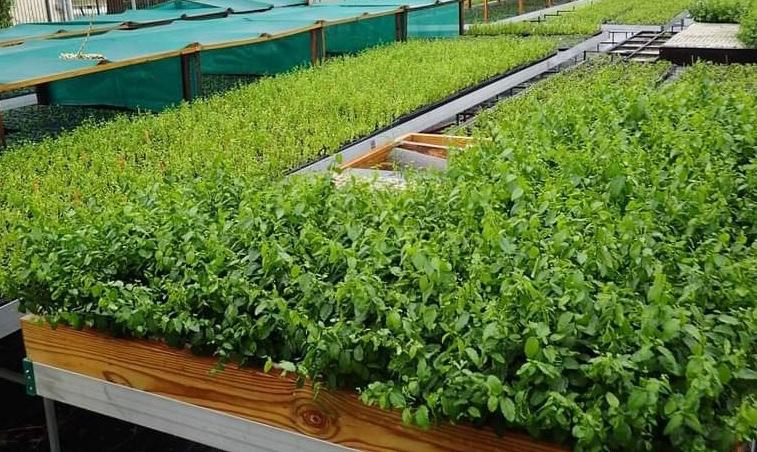
2 minute read
SERVICE LEARNING PROJECT 1
Community Forestry Course
First taught in 2014, the Community Forestry course resulted from the desire to pursue the Tree Campus Higher Education designation. Since then, UTRGV students have had the opportunity to engage in experiential learning, impacting their campus and community. This course, co-led by Dr. Alexis Racelis from the School of Earth, Environmental, and Marine Sciences (SEEMS) and foresters from the City of Edinburg, teaches students to survey urban forestry.
Advertisement

Shaping the course is Dr. Racelis’s research which looks at how agriculture, urban development, invasive species, and resource management affect ecological processes in light of pressing social and environmental issues. In addition to acquiring technical skills for inventorying trees through hands-on assignments, students develop a critical understanding of the role of urban forestry in communities.
After asking students about their course experience during the (2021 fall term), some answers spoke to how the course transformed how they relate to trees; for example, being able to tell kinds of trees or if they needed pruning. A capacity to observe rather than bypass forestry is what students acquired.
The work of students in this course contributes to improving institutional operations, having conducted one of the most exhaustive tree inventories of university campuses, according to Dr. Racelis. With information about campus forestry conditions available, categories of trees help create and prioritize management and care plans, meaning students have a direct impact in establishing sustainable university practices.
As ecological concerns increase and governmental agents pay more attention to trees, students’ ability to highlight their benefits over maintenance costs is crucial. During the course, students wrote letters to officials applying their expert knowledge to call for action. Ultimately, the Community Forestry course teaches students to advocate for healthy urban forestry.
Native Plant Nursery
The UTRGV Native Plant nursery, located in the Brownsville campus and led by Dr. Christopher Gabler from the School of Earth, Environmental and Marine Sciences (SEEMS) and the Biology department, continues its effort to restore the Tamaulipan biotic province. With only 5-10% of this historic habitat remaining due to agriculture, grazing, and human development, the project addresses the challenge of seed availability.
Despite the increasing awareness and funding availability for local forestry restoration, federal agencies and NGOs do not have enough trees. The knowledge gap in growing local species results in nurseries not finding them profitable and therefore remain largely unavailable. The goal of the UTRGV Native Plant nursery is to increase expertise through research and training, meaning students become involved in it in multiple ways.
At the graduate level, students access the nursery for their thesis research. Undergraduate students learn and participate in nursery activities through classes like Plant Morphology and Sustainable Horticulture. Exploring aspects for more effective nursing practices such as seed dormancy, students are at the forefront of changing the future of their landscapes and communities. With its first publication forthcoming during its second year of operation, the UTRGV Native Plant nursery will contribute to global reforestation.









